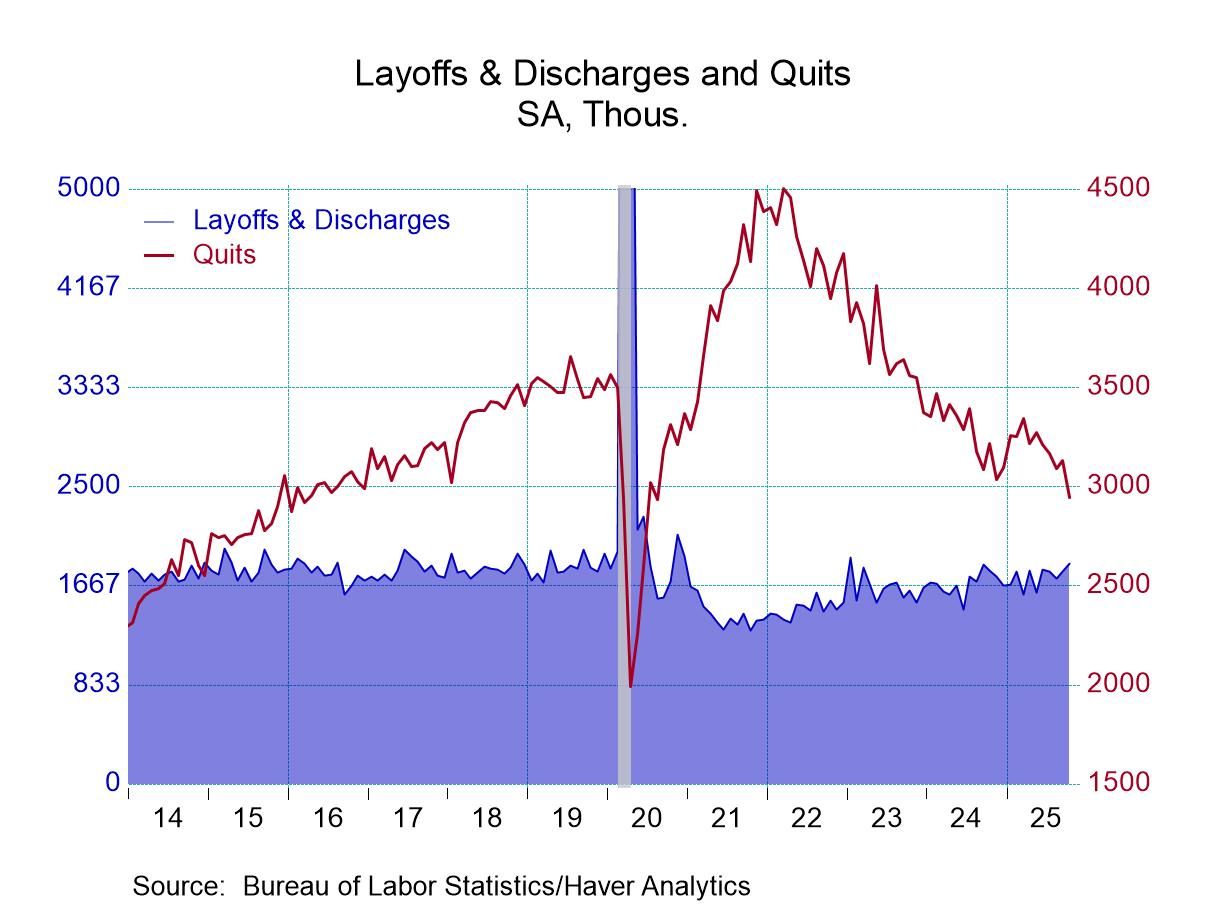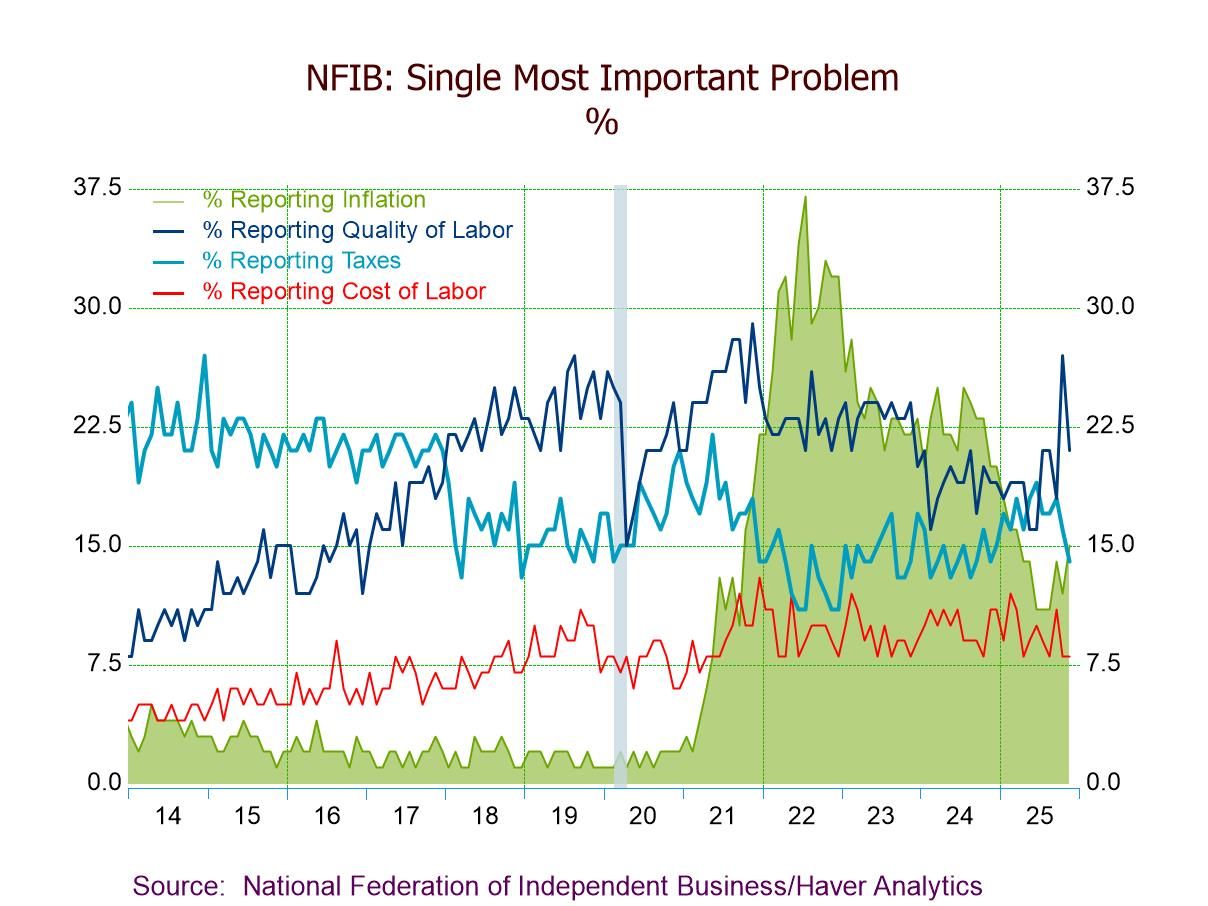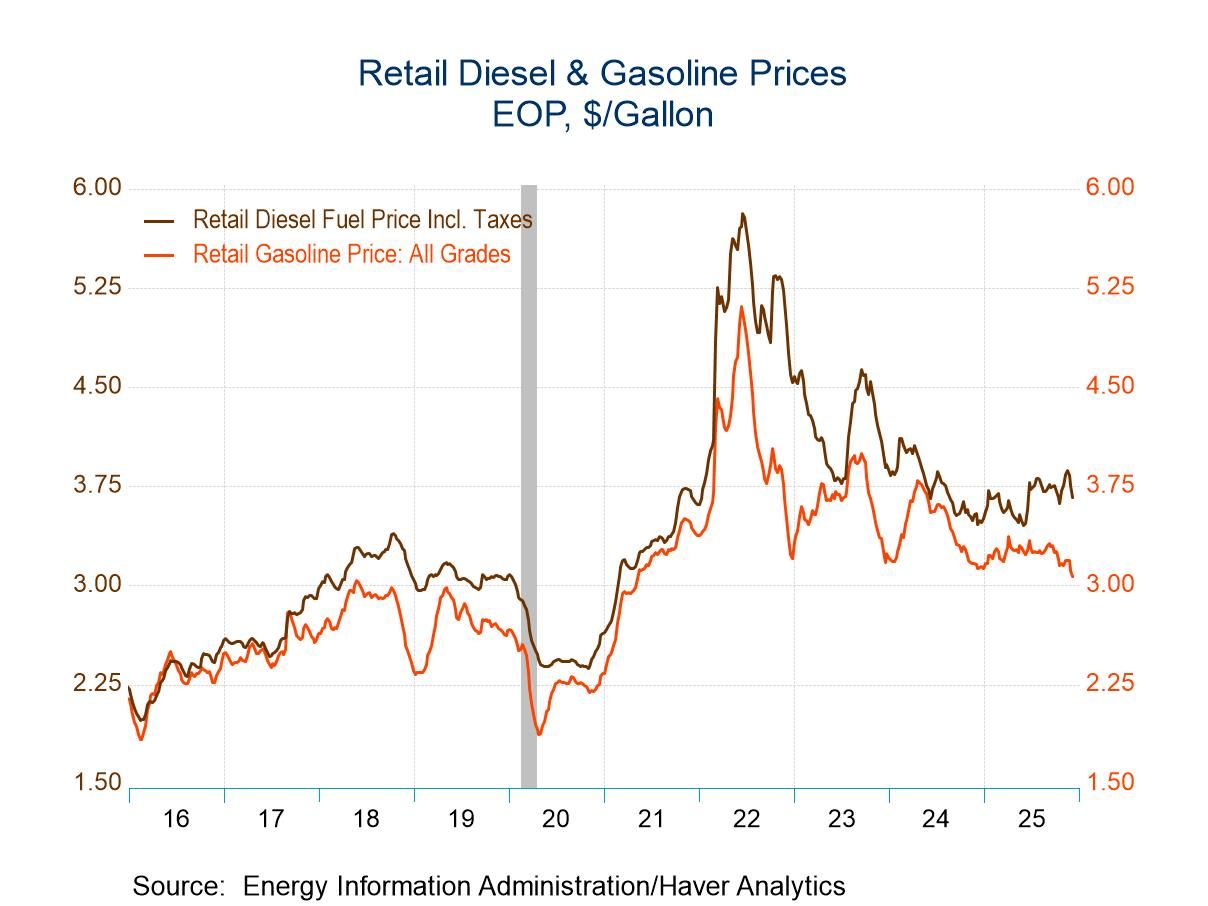 Asia| Jun 09 2025
Asia| Jun 09 2025Economic Letter from Asia: Systems Critical
This week, we focus on critical minerals, which have moved into the spotlight following China’s recent restrictions on rare earth exports. The move triggered widespread supply chain disruptions and renewed attention to an issue that had long flown under the radar. A closer look reveals that just a handful of countries dominate global production—chief among them, China, as shown in chart 1. This concentration highlights the growing geopolitical and economic importance of mineral-rich nations in supporting key industries such as automotive, aerospace, and defence. The implications for national security are significant.
China’s influence goes well beyond raw material reserves. It has also positioned itself as a leading refiner of critical minerals such as copper and nickel—even though it is not the top producer of the raw ores (see chart 2). In the case of rare earths, China has become a key supplier to Western economies, including the United States and the Euro area (chart 3). Its recent export restrictions on rare earth elements (REE) are a direct response to ongoing trade actions and have already triggered disruptions across key industries. Ford in the US and Suzuki in Japan, for example, have reportedly paused production due to shortages of these inputs. Meanwhile, non-US automakers—particularly in Japan—face additional pressure from US auto tariffs. These have forced firms to slash export prices (chart 4), squeezing profit margins and weakening overall financial performance.
But not all signs point to prolonged disruption. There is a glimmer of hope. In Europe, negotiations with China suggest a possible easing of REE-related disruptions, although any concrete relief will likely depend on broader trade discussions. One likely sticking point is the surge in Chinese EV exports to Europe, which has saturated local markets and drawn import tariffs (chart 5). Meanwhile, US–China trade talks resume in London this week, with rare earths a central topic. Markets and policymakers alike are watching closely, hoping for signs of de-escalation. That said, the impact of these mutually imposed trade actions is already visible, as shown in chart 6. While negotiations continue, disruptions remain an active threat to supply chains, industrial output, and economic stability.
Global critical minerals production While headlines are often dominated by breakthroughs in high-end and essential technologies, what tends to be overlooked are the raw materials that make those innovations possible. These foundational inputs are known as critical minerals—so named because of their vital role in enabling advanced technologies and their often-fragile supply chains. Critical minerals include rare earth elements (REEs)—a group of 17 chemically similar elements essential to high-tech, clean energy, and defence applications. Also considered critical are minerals used in various battery chemistries, including those for electric vehicles (EVs) and associated infrastructure. These include nickel, cobalt, graphite, and copper. Additionally, elements like gallium and germanium are indispensable for semiconductors, fibre optics, and other high-tech systems.
In their raw form, the global production of critical minerals is highly concentrated. As shown in chart 1, only a handful of economies account for the majority of the world's production—and this pattern repeats across most critical minerals. Countries such as China, Russia, South Africa, and the Democratic Republic of the Congo consistently emerge as dominant producers across several of these materials. While production dominance alone may not always present a risk, it becomes strategically significant when geopolitical tensions interfere with trade flows. This issue has come into sharper focus as China’s central role in global mineral supply chains is increasingly scrutinized—especially in the wake of renewed US-China trade tensions following President Trump’s second term in office.
Chart 1: Critical mineral production share by economy

While China’s role in the critical minerals landscape is already evident from chart 1, it is, in fact, understated. China not only holds a dominant position in the mining production of many raw critical minerals, but it is also even more dominant in certain refining capacities. This includes minerals where it lacks a leading position in raw extraction, such as copper. Moreover, China's exports of certain refined products have been expanding at a rapid pace, as illustrated in chart 2, which highlights the surge in copper-related exports. In contrast, China’s REE exports have been declining sharply in recent years. This drop has accelerated in the wake of tightening export restrictions, a development that will be explored in greater detail in a later section. Additionally, while Indonesia leads in global nickel production, its industrial policy mandates that access to raw nickel be contingent on establishing domestic refining capacity. In this context, China has built up a dominant position in Indonesia’s nickel refining industry, through significant investment and rapid capacity expansion. This has enabled China to secure a steady supply of refined nickel—vital for supporting its already-substantial electric vehicle (EV) manufacturing sector.
Chart 2: China’s trade in critical minerals

We now “dig deeper” into China’s exports of rare earth elements (REEs)—materials that are indispensable across a wide array of applications, from consumer electronics and electric vehicles (EVs) to military systems and aerospace technologies. Given their strategic importance, any significant disruption or cutoff in REE supply can have far-reaching consequences, including potential risks to national defence and security. China has previously leveraged its dominant position in REE markets to curb exports in response to trade-related tensions. The most recent example came in early April, when Beijing introduced a new requirement mandating that companies obtain export licenses before shipping seven specific REEs abroad. This policy shift has already caused notable disruption, particularly for the United States, which remains heavily dependent on Chinese REE supply, as shown in chart 3. The move has been widely interpreted as a targeted response, further highlighting the geopolitical significance of critical mineral supply chains in today’s global landscape.
Chart 3: China’s share as a source of rare earths etc. imports

China’s April restrictions on rare earth element (REE) exports have disrupted production across multiple industries. In the United States, Ford temporarily halted Explorer SUV production due to shortages of critical REE inputs. The impact has been global, affecting not only the US, but also Europe and Asia. In Japan, for instance, Suzuki suspended production of its flagship Swift compact hatchback, reportedly due to REE supply constraints. This highlights the auto industry’s vulnerability, particularly in countries where it plays a significant economic role. In Japan, as in other auto-dependent economies, the sector is under dual pressure: from ongoing REE supply disruptions and persistent US auto tariffs. In response to US tariffs, Japanese automakers have cut export prices—as shown in chart 4—to remain competitive. However, by absorbing part of the tariff burden, they face tightening profit margins, further straining already pressured bottom lines.
Chart 4: Japan motor vehicle exports and production

But all is not lost—there are early signs that the supply chain disruptions caused by China’s recent REE restrictions may begin to ease. In a potential concession to Europe, China has signalled its willingness to expedite the approval process for REE exports to EU firms. If implemented, this move could help ease the immediate pressure on European producers. However, such developments should be viewed in a broader geopolitical context. The acceleration of export approvals may be tied to the dynamics of overall EU–China trade negotiations. One potential flashpoint is the sharp rise in China’s EV exports to the EU, which significantly saturated European markets in recent years. In response, the EU has imposed tariffs to protect its domestic auto industry, although results have been mixed—as shown in chart 5—and further straining an already fragile trade relationship. More broadly, China’s actions on REEs have underscored the global economy’s heavy reliance on critical mineral supply chains. Much like how US semiconductor export controls pushed China to pursue self-sufficiency, China’s dominance in REEs may now force other countries to rethink technological dependencies—prompting innovation in alternatives that are less reliant, or entirely independent, of REEs.
Chart 5: EU EV and hybrid import volumes from China

Lastly, there appears to be a glimmer of hope emerging from US–China relations as well. A recent 90-minute call between President Trump and President Xi last Thursday signalled the possibility of easing tensions. Attention now turns to the resumption of trade talks in London on June 9, where observers will be watching closely to see how China’s REE restrictions may evolve following the discussions. On China’s side, key concerns are likely to include ongoing US technology and semiconductor restrictions, as well as Trump’s recent move to ban foreign students at Harvard University—a decision that may further inflame diplomatic tensions. In the meantime, bilateral trade in affected sectors has sharply declined, weighed down by mutual tariffs and a growing array of non-tariff restrictions imposed by both sides—as shown in chart 6 below.
Chart 6: China’s US imports, US rare earth etc. imports from China

Tian Yong Woon
AuthorMore in Author Profile »Tian Yong joined Haver Analytics as an Economist in 2023. Previously, Tian Yong worked as an Economist with Deutsche Bank, covering Emerging Asian economies while also writing on thematic issues within the broader Asia region. Prior to his work with Deutsche Bank, he worked as an Economic Analyst with the International Monetary Fund, where he contributed to Article IV consultations with Singapore and Malaysia, and to the regular surveillance of financial stability issues in the Asia Pacific region.
Tian Yong holds a Master of Science in Quantitative Finance from the Singapore Management University, and a Bachelor of Science in Banking and Finance from the University of London.






